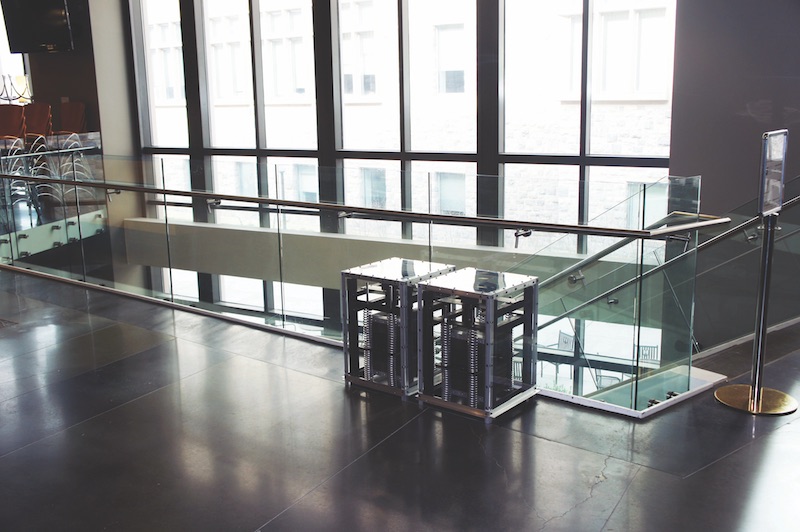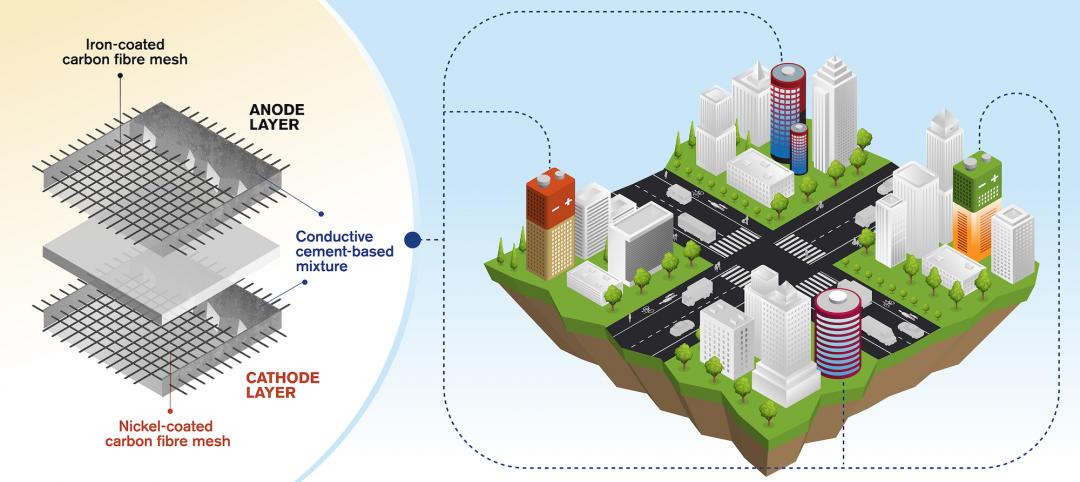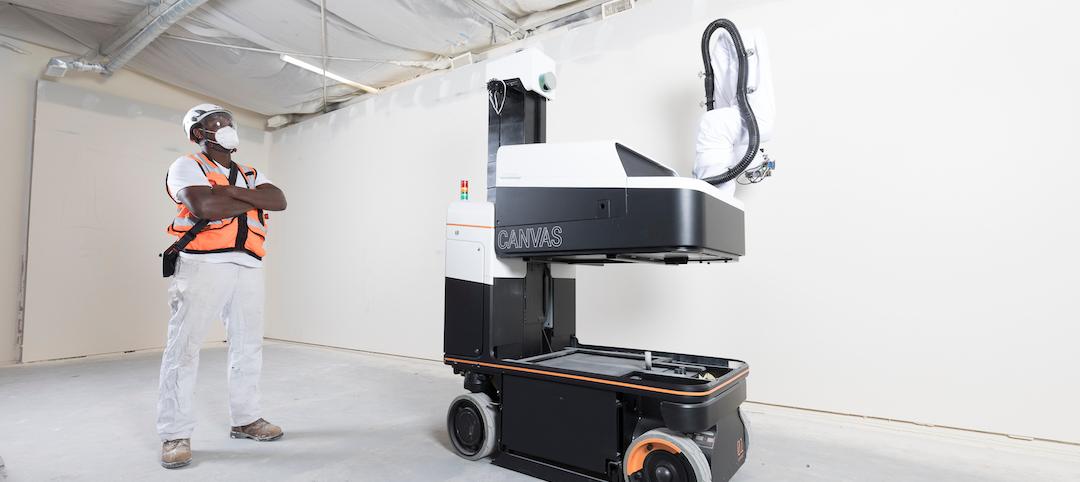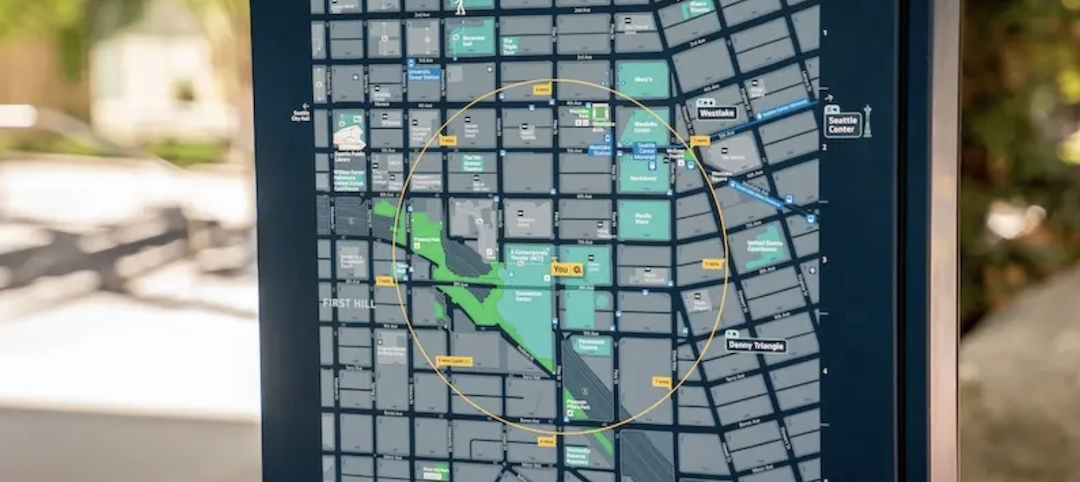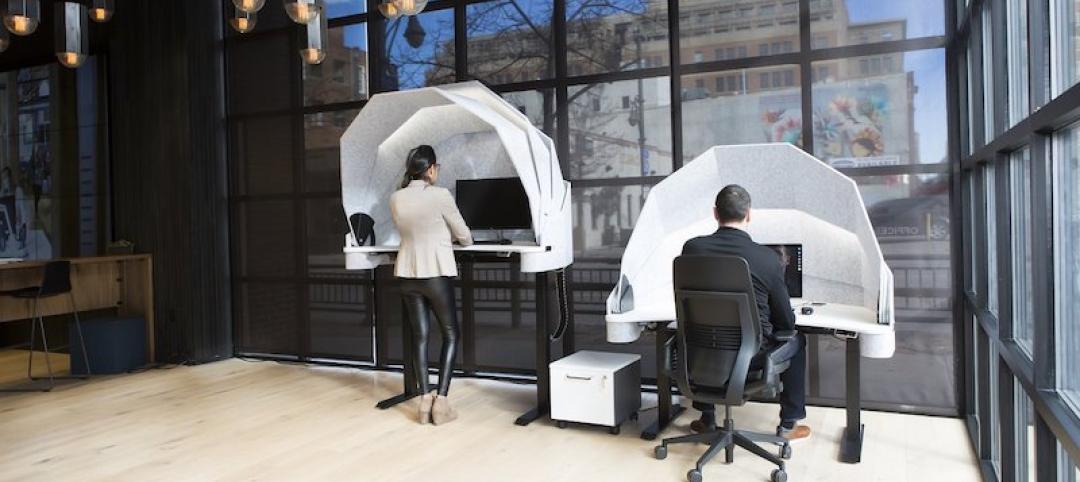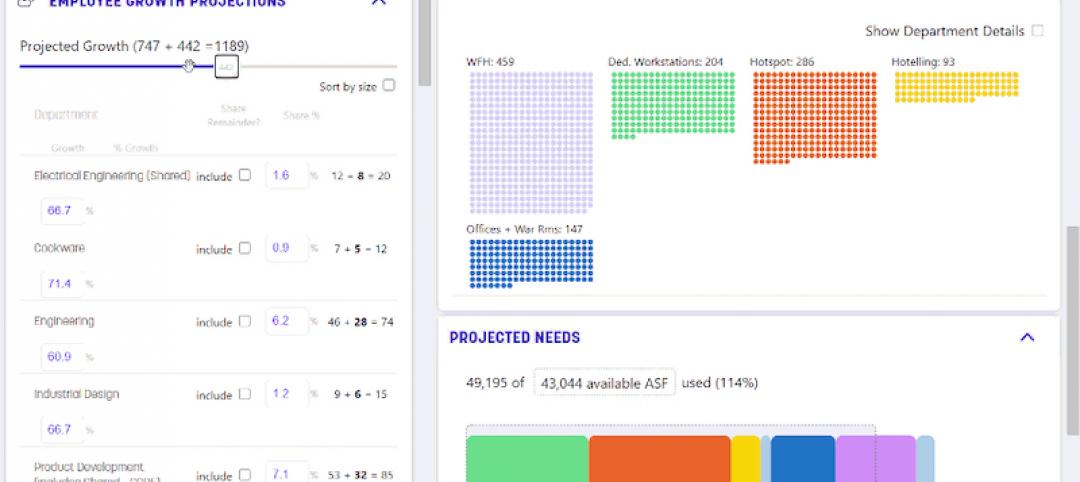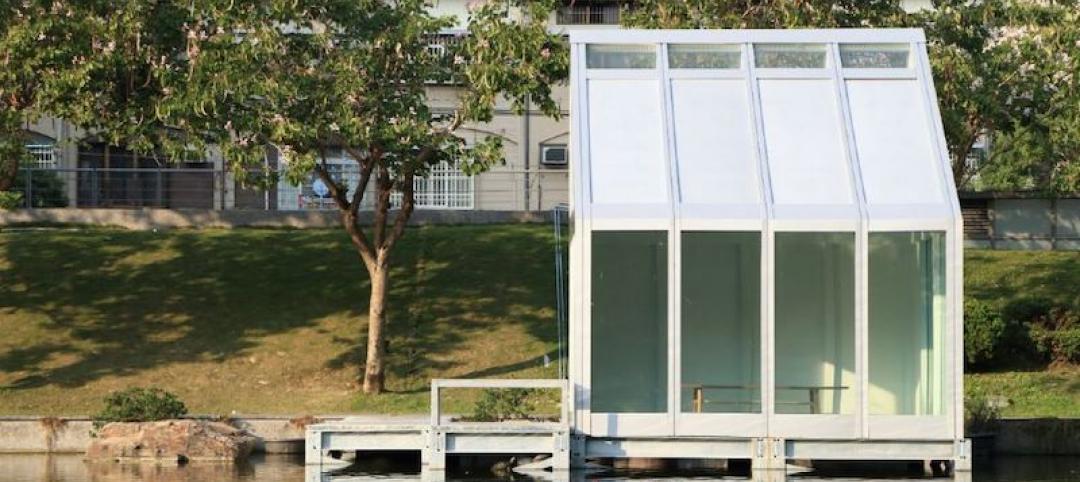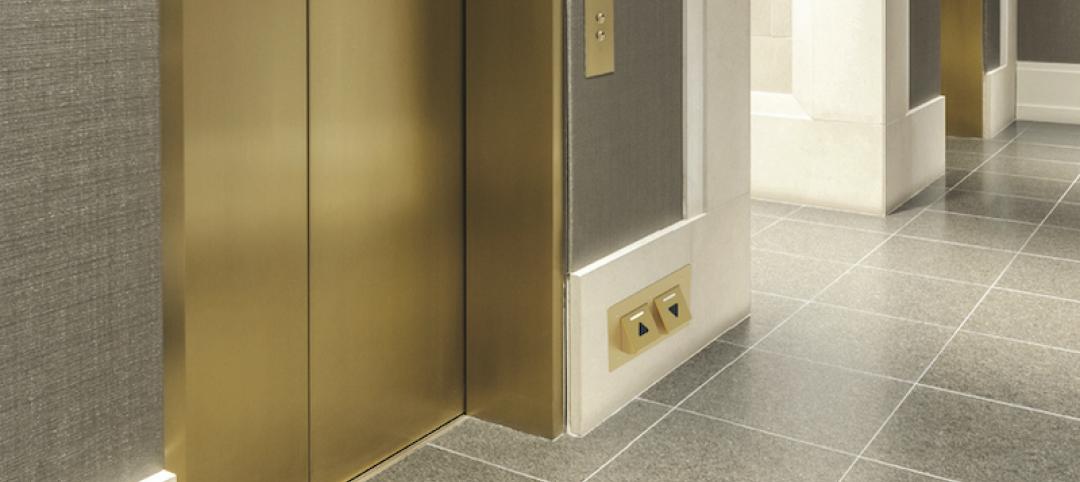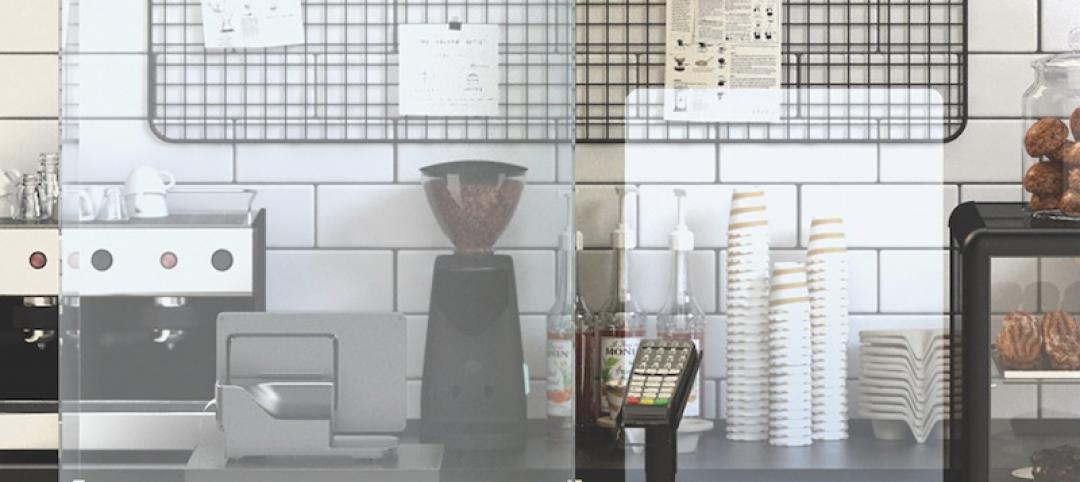The tuned mass damper used in Taiwan’s Taipei 101 tower represents an engineering feat that is so impressive the designers decided to make it publicly visible for all to see. Taipei 101’s 730-ton tuned mass damper may represent an extreme, but its purpose is the same as much smaller dampers that may be used in an office building or mall: to mitigate vibrations or sway that may otherwise alarm or cause discomfort to building occupants.
As building materials get lighter and designs push the limits of what is possible in architecture, structural vibrations are becoming more worrisome. A vibrating floor may not be dangerous, but it can certainly cause some unease among building occupants.
That’s where Mehdi Setareh, PhD, Professor, School of Architecture + Design at Virginia Tech’s College of Architecture and Urban Studies, comes in. With the help of a small team of students, he has created a portable tuned mass damper (PTMD) that weighs less than 275 pounds and is about the size of a shop vac. The device reduced vibrations by 40-75% in tests at Virginia Tech’s Vibration Testing Lab.
 Mehdi Setareh next to an early version of the Portable Tuned Mass Damper. Courtesy Virginia Tech.
Mehdi Setareh next to an early version of the Portable Tuned Mass Damper. Courtesy Virginia Tech.
The PTMD can be incorporated in new construction or added as a corrective measure in an existing building. Even nontechnical personnel can tune the device, using a $5 iTunes application and Setareh’s instructions. Because of the device’s small size, it can be easily hidden in a cabinet or even within furniture.
Plates, springs, and dampers that are built into the two-foot-tall, 15-inch-wide box are tuned to the natural frequency of a structure and reduce vibrations by moving in the opposite direction of that structure, but at 10 to 20 times higher acceleration rates.
Currently, the unit shows the most promise for use in structures with high foot traffic, such as theaters, malls, nightclubs, and monumental staircases, or in settings that have vibration-sensitive equipment, such as hospitals and labs.
Setareh has applied for a patent on the device. He plans to place it on the market as a kit of parts with instructions on how to assemble, install, and tune the damper.
Related Stories
AEC Tech Innovation | Mar 9, 2022
Meet Emerge: WSP USA's new AEC tech incubator
Pooja Jain, WSP’s VP-Strategic Innovation, discusses the pilot programs her firm’s new incubator, Emerge, has initiated with four tech startup companies. Jain speaks with BD+C's John Caulfield about the four AEC tech firms to join Cohort 1 of the firm’s incubator.
Great Solutions | Jan 18, 2022
Researchers develop concept for rechargeable cement-based batteries
Researchers from the Department of Architecture and Civil Engineering at Chalmers University of Technology in Gothenburg, Sweden, have created a concept for rechargeable batteries made of cement. The concept involves a cement-based mixture with small amounts of short carbon fibers added to increase conductivity and flexural toughness.
Great Solutions | Nov 22, 2021
Drywall robots take the risk out of the finishing process
Canvas is using robots to complement the work already being done by drywall professionals.
Great Solutions | Sep 23, 2021
Seattle looks to become America’s most walkable city with a new citywide wayfinding system
Seamless Seattle will support the Seattle Department of Transportation’s commitment to increase the percentage of trips made by walking to 35% by 2035.
Great Solutions | Jul 9, 2021
MojoDesk creates a new solution for managing open office distractions
The MojoDome allows for a private work space while also maintaining a collaborative environment.
Great Solutions | Mar 18, 2021
Follow the leader: New following technology better equips robots for the jobsite
New proof-of-concept from Piaggio Fast Forward and Trimble enables robots and machines to follow humans.
Great Solutions | Feb 11, 2021
Simplifying the return to the office
A new web-based tool from Sasaki takes the guesswork out of heading back to the workplace.
Great Solutions | Oct 6, 2020
Could water-filled windows help buildings save energy?
New research shows how water-filled glass could help heat and cool buildings.
Great Solutions | Aug 10, 2020
From lobby to penthouse, elevators can be a 100% touch-free experience
The Toe-To-Go elevator system allows riders to operate the elevator entirely with their feet.
Great Solutions | Jul 13, 2020
Essential protection for businesses
Custom protective barriers help keep essential business employees safe.


